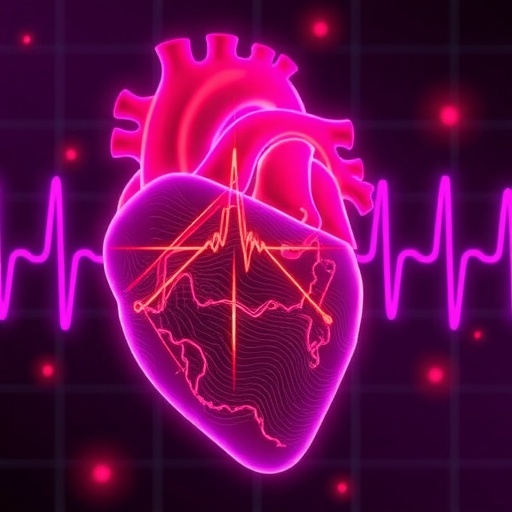Baohong Yuan, an assistant professor of bioengineering at The University of Texas at Arlington, said his process overcomes the challenge of getting accurate images in deep tissue.
Currently, to analyze tissue more than a centimeter beneath the skin, physicians may select a noninvasive imaging method or surgically cut to take a patient biopsy for light microscopic imaging.
While biopsy provides reliable results, it is invasive and consumes time and labor. On the other hand, while imaging methods allow physicians quickly and easily to evaluate intact tissue, the images become fuzzy in deep tissue, Yuan said.
Yuan said, “If you use light to take a picture of deep tissue, the light is dispersed. But if you use sound to control the light, you can get an accurate picture of what is within the deep tissue.”
Biopsies would still be the most accurate sampling, he said. But Yuan said his method would give physicians an alternative to the surgical procedure when they need an image of deep tissue.
“Compared with light microscopy, in my process, you’ll sacrifice resolution a little bit to get more depth portrayed in the image,” said Yuan, who joined the UT Arlington College of Engineering in 2010.
One application might be for cancer patients whose physicians are tracking whether tumors have shrunk during treatments. Yuan’s tool also could be used to detect scar tissue and assess how deep it runs before an operation is performed.
Jean-Pierre Bardet, dean of the College of Engineering, said Yuan’s work has the potential to revolutionize the way doctors examine patients.
“Imagine doctors who could use a microscope that probes a few centimeters beneath the skin of patients without making an incision,” Bardet said. “Dr. Yuan’s research has a chance to make an impact in healthcare.”
###
Herb Booth, [email protected], 817-272-7075
The University of Texas at Arlington, www.uta.edu




